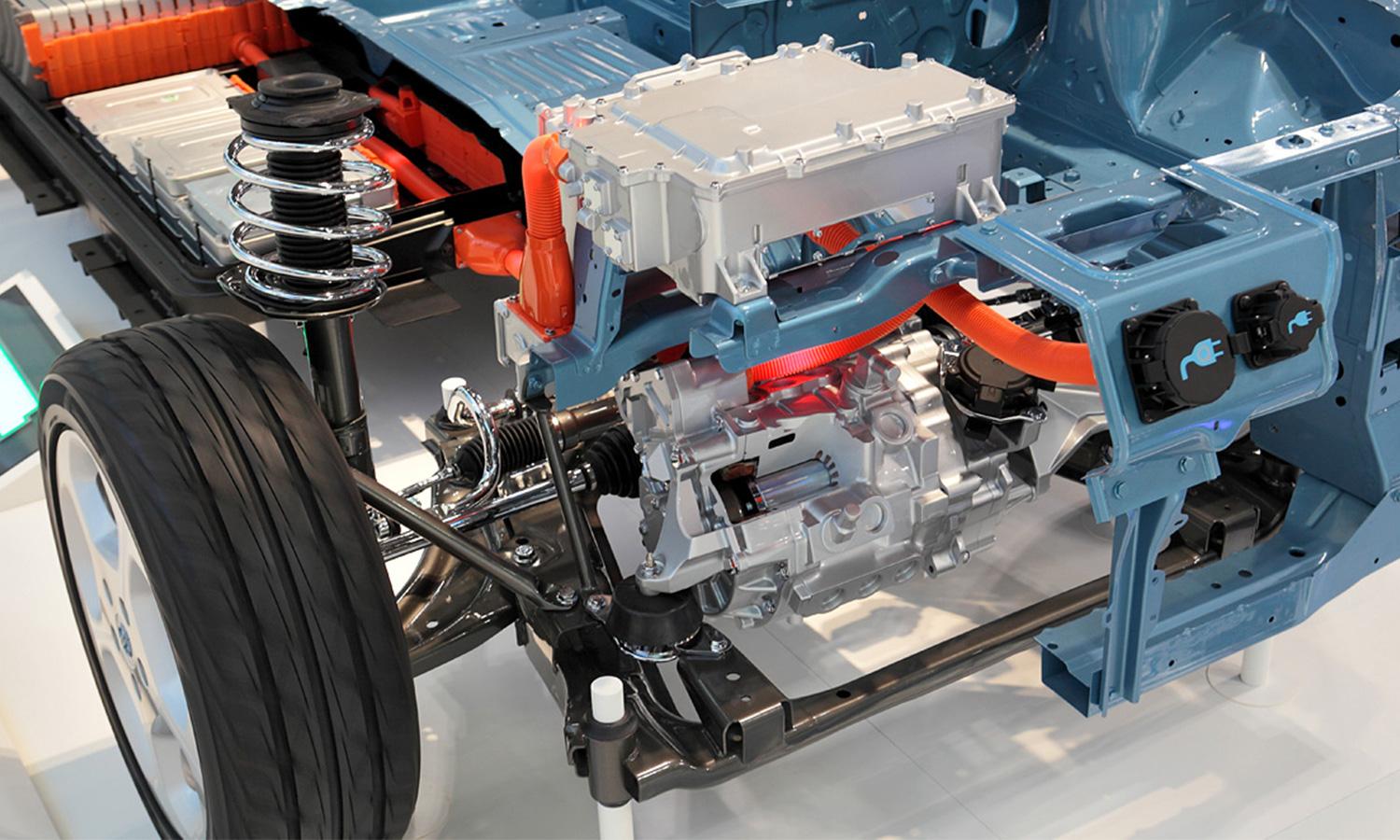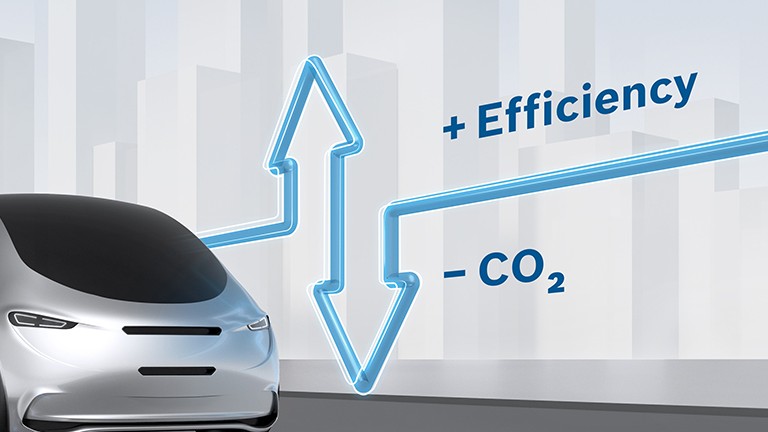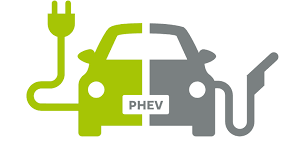|
|||||||||||||||||||||||
|
|||||||||||||||||||||||
 59
59
 2024-03-07
2024-03-07
Illustrate the contribution of EV conversions to reducing carbon emissions and overall environmental impact, potentially using lifecycle assessments to emphasize EVs' role in combating climate change.
Highlight the decrease in noxious emissions, improvement in local air quality, and reduction in noise pollution converted vehicles bring to urban centers.
Financial Incentives and Savings
Catalog various governmental incentives, including tax credits and rebates, designed to encourage the adoption of electric vehicles.
Project the long-term economic benefits accrued from reduced operating costs and contrast these against the upfront investment, paying close attention to the nuances in different jurisdictions.
Personal and Societal Benefits
Describe the enhancements in driving dynamics, such as smoother acceleration and lower center of gravity, that accompany EV conversions.
Discuss the broader implications for society with increased EV adoption, such as energy independence and the push towards a greener, sustainable future.
Case Studies:
Present a selection of real-world examples showcasing successful EV conversions, addressing both personal projects and commercial operations.
Include insights into the financials of these case studies—costs incurred, savings generated, and the payback period, thus providing readers with relatable benchmarks.
Performing the Analysis:
Calculating the Break-even Point
Walk through the process of determining when the initial costs of an EV conversion will be offset by the operational savings.
Mention tools and resources available for individuals to calculate and predict their own break-even points based on specific parameters.
Comparative Scenarios
Outline different scenarios and variables that could affect the financial soundness of opting for an EV conversion over maintaining an ICE vehicle.
Compare the running costs under several conditions such as high-mileage usage, fuel price volatility, and shifting electricity costs.
Long-Term Projections:
Future of EV Technology and Costs
Examine how ongoing advancements in EV technology might lower the costs of future conversions and what that means for the prospective converter.
Consider potential changes in the automotive industry's standardization efforts and emerging battery technologies that could influence conversion efficiency and costs.
Potential Market Changes
Analyze the likely trajectory of governmental regulation and market trends in favor of EVs, including the possibility of more robust incentive structures and potential mandates restricting ICE vehicle use.
Closing Thoughts:
Wrap up the discussion by reinforcing the tangible and intangible advantages of EV conversions, while acknowledging the sophistication of the decision-making process involved. Encourage readers to fully evaluate their personal circumstances, market trends, and long-term outlook when considering an EV conversion. Invite them to join the growing community of enthusiasts contributing to a more sustainable future through automotive electrification.


Introduce the rising trend of electric vehicle (EV) adoption.
Highlight the environmental benefits and growing public interest in converting ICE vehicles to EV.
State the objective of the blog post: to analyze the financial and environmental costs and benefits of EV conversion.
Understanding EV Conversion:
1.Brief Overview of Conversion Process
What is involved in converting a vehicle from fuel to electric?
(1) Powertrain Conversion
-Electric Motor Replacement: The internal combustion engine is substituted with a high-efficiency electric motor, necessitating redesigning and installing motor mounts and associated drivetrain components to suit the electric motor's operation.
-Battery Integration: A large-capacity lithium-ion battery pack, serving as the vehicle's power source, is installed typically where the fuel tank once was or at the vehicle's underbody, ensuring balanced weight distribution without compromising overall performance.
(2) Energy Management System Development
-Battery Management System (BMS): Implementing a robust battery management system is crucial, which monitors battery health, controls charging and discharging cycles, and extends battery life.
-Charging Infrastructure: Installing on-board chargers and external charging interfaces compatible with various standards, facilitating user-friendly charging operations.
(3) Electrical Architecture Upgrade
-Circuitry Retrofitting: The original vehicle's electrical system must undergo a comprehensive overhaul to meet EV requirements, including adding high-voltage wiring, inverters, and other related parts to ensure safe and efficient power transmission.
-Controller Upgrades: Replacing or updating the electronic control unit (ECU) to handle unique features specific to EVs, such as regenerative braking, torque output control, etc.
(4) Body and Chassis Adjustments
-Weight Distribution Optimization: Given the weight of the battery pack, adjustments to the suspension system or chassis strengthening may be necessary, along with lightweight body enhancements to maintain optimal handling and driving range.
-Safety Enhancements: Introducing additional safety measures for the high-voltage system, including insulation, fireproofing, and protection against electrical leakage, to guarantee the safety of occupants under any circumstances.
(5) Regulatory Compliance and Testing
-Compliance Verification: After conversion, the electric vehicle must pass stringent regulatory certifications, including crash tests, emission inspections (even though there are no tailpipe emissions, it still needs to comply with electromagnetic compatibility and other standards), and driving performance evaluations.
-Registration and Authorization: Depending on local regulations, securing approvals and registrations from relevant authorities to ensure legal roadworthiness.
2.Common modifications needed (battery pack, motor, controller, etc.).
(1) Battery Pack Installation and Configuration
-Battery Pack Swap : The heart of the gasoline vehicle, the internal combustion engine, is replaced by a high-performance battery pack, often consisting of lithium-ion batteries customized to fit the vehicle's layout, providing ample driving range.
-Battery Management System (BMS) Integration : To effectively manage battery charge and discharge cycles, prolong battery life, and ensure driving safety, an advanced BMS is essential, continuously monitoring battery status such as state of charge, temperature, and voltage balance.
(2) Motor Replacement and Adaptation
-Electric Motor Installation : An efficient electric motor, like a permanent magnet synchronous or asynchronous AC motor, substitutes the traditional engine, requiring matching with the existing drivetrain and possibly adjustments to gear ratios and new motor mounting designs.
(3) Controller Upgrades
-Power Inverter Implementation : Electric vehicles require a powerful inverter to convert the battery's DC power into AC power suitable for the electric motor. Additionally, a DC-DC converter is required to step down the high-voltage battery power for use by the vehicle's low-voltage systems.
-Vehicle Control System Update : The original vehicle's electronic control unit (ECU) must be swapped for an EV-specific control system that can accurately regulate motor torque output, regenerative braking, and other electric drive-related functions.
(4) Integration of Charging Systems
-Onboard Charging Equipment : Install a vehicle charger compliant with industry standards, enabling the vehicle to connect to public charging stations or household outlets for charging purposes.
-Fast Charging Capability : If feasible, upgrading to support fast charging can significantly reduce charging times and enhance usability.
(5) Vehicle Structure Adaptations
-Battery Encapsulation and Cooling Systems : According to the size and placement of the battery pack, modifications to the vehicle's interior structure might be necessary, such as using space previously occupied by the fuel tank. The battery pack should also have a well-designed thermal management system, incorporating cooling or heating capabilities to keep the battery operating within its ideal temperature range.
-Enhanced Safety Measures : Due to the high-voltage nature of electric vehicles, reinforced electrical safety design is required throughout the vehicle, such as increased insulation, overcurrent protection, and short-circuit safeguards.
2.Requirements for a Successful Conversion
Embarking on the path of converting an internal combustion engine (ICE) vehicle into an electric vehicle (EV) is a commendable endeavor, fraught with both challenges and triumphs. To undertake this transformation, there are several key requirements that must be addressed to ensure a successful conversion:
(1) Technical Expertise:
A thorough understanding of both automotive mechanics and electrical systems is paramount. Whether you have this expertise personally, or you employ the services of professionals, knowledge is the cornerstone of a successful EV conversion.
(2) Quality Components:
Electric Motor: One that delivers desired power and efficiency. The choice between an AC or DC motor bears significant implications for performance and cost.
Battery Pack: Lithium-ion batteries are the preferred choice due to their high energy density and long lifespan. The capacity and layout need to be tailored to the vehicle's weight and desired range.
Controller: This device modulates power from the battery to the electric motor, essentially acting as the brain of your EV's powertrain. It must be compatible with your battery and motor specifications.
Charging System: The charging system should be suitable for the battery's chemistry and capacity, ensuring efficient charging cycles.
Conversion Kit: Some opt for a comprehensive EV conversion kit that includes custom-fabricated components designed for specific vehicle models, easing the installation process.
(3) Reliable Sources for Parts:
Identifying reliable suppliers for quality parts is essential. The growing EV conversion community has led to a rise in specialty shops and online marketplaces that offer everything from complete conversion kits to individual parts.
(4) Regulatory Compliance:
Safety should never be an afterthought. Each country and region has its own regulations concerning vehicle modification. It is crucial to familiarize yourself with these requirements, which could include limitations on emissions, noise, and safety features such as lighting and signaling devices.
(5) Insurance and Road Legalities:
Post-conversion, an EV must pass inspections to be road-legal. Insurance companies also need to be notified of significant modifications to ensure coverage.
(6) Adequate Time and Budget:
An EV conversion is a significant investment in both time and money. Ensure you’ve allocated enough of both to cover the purchase of quality components, potential labor costs, and any unforeseen expenses.
(7) Reliable Documentation and Support:
Detailed build logs, schematics, and instructional documents are invaluable. Moreover, tapping into the collective wisdom of the EV conversion community can provide support and insights that make the difference between a project's success or failure.
(8) Diagnostic Tools:
After the conversion, having the right diagnostic tools can help troubleshoot issues and ensure the vehicle systems are operating correctly.
A methodical approach grounded in proper planning and attention to these requirements sets the stage for a positive transformation experience, culminating in a vehicle that not only meets personal needs but also contributes to global environmental goals.
Conclusion of section:
The aforementioned factors serve as a guidepost for transitioning from gasoline to electric. Attending diligently to these parameters increases the likelihood of a successful EV conversion, fostering the growth of sustainable personal transportation. In the upcoming sections, we will further examine the monetary and environmental implications of this process, offering a comprehensive lens through which to evaluate the true cost against the tangible benefits of converting to electric.

The Costs of EV Conversion:
Upfront Conversion Costs
Detail the initial financial outlay required for an EV conversion project, including the price of acquiring a high-quality electric vehicle conversion kit—comprising batteries, controllers, motors, and ancillary equipment.
Discuss the costs associated with either self-installation, factoring in the value of personal time and tools, or the labor rates charged by professional conversion services.
Operational Costs Post-Conversion
Compare the routine maintenance costs of EVs to ICE vehicles, underscoring the relatively lower maintenance regimen for EVs due to fewer moving parts.
Examine charging costs for EVs against traditional fuel expenses and how regional energy prices affect these figures.
Hidden Costs
Explore potential hidden costs such as taxes, subventions that differ for converted vehicles, changes in insurance premiums, and modifications to registration fees.
Analyze how converting a vehicle to electric may affect its market value and depreciation over time.
The Benefits of EV Conversion:
E
|